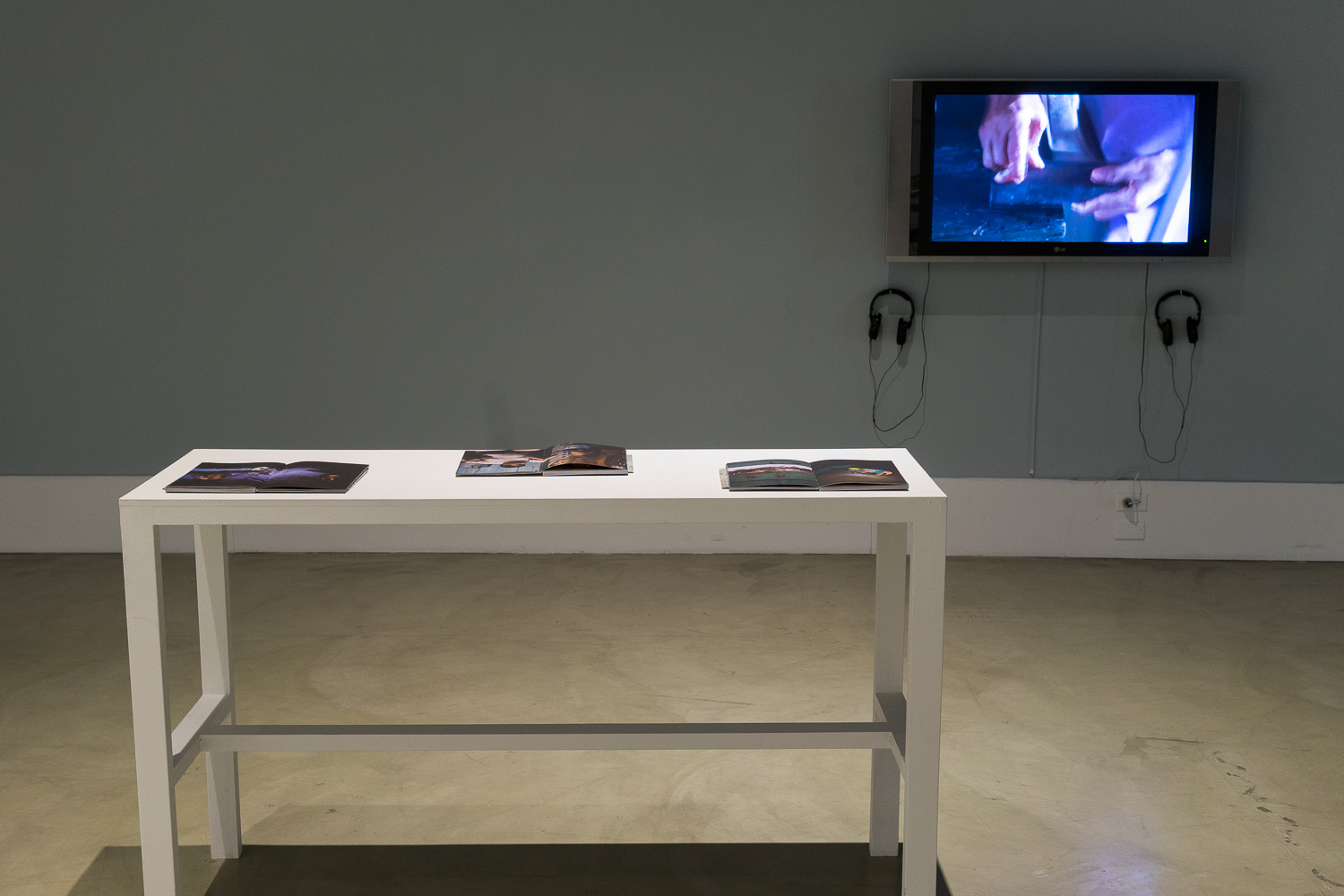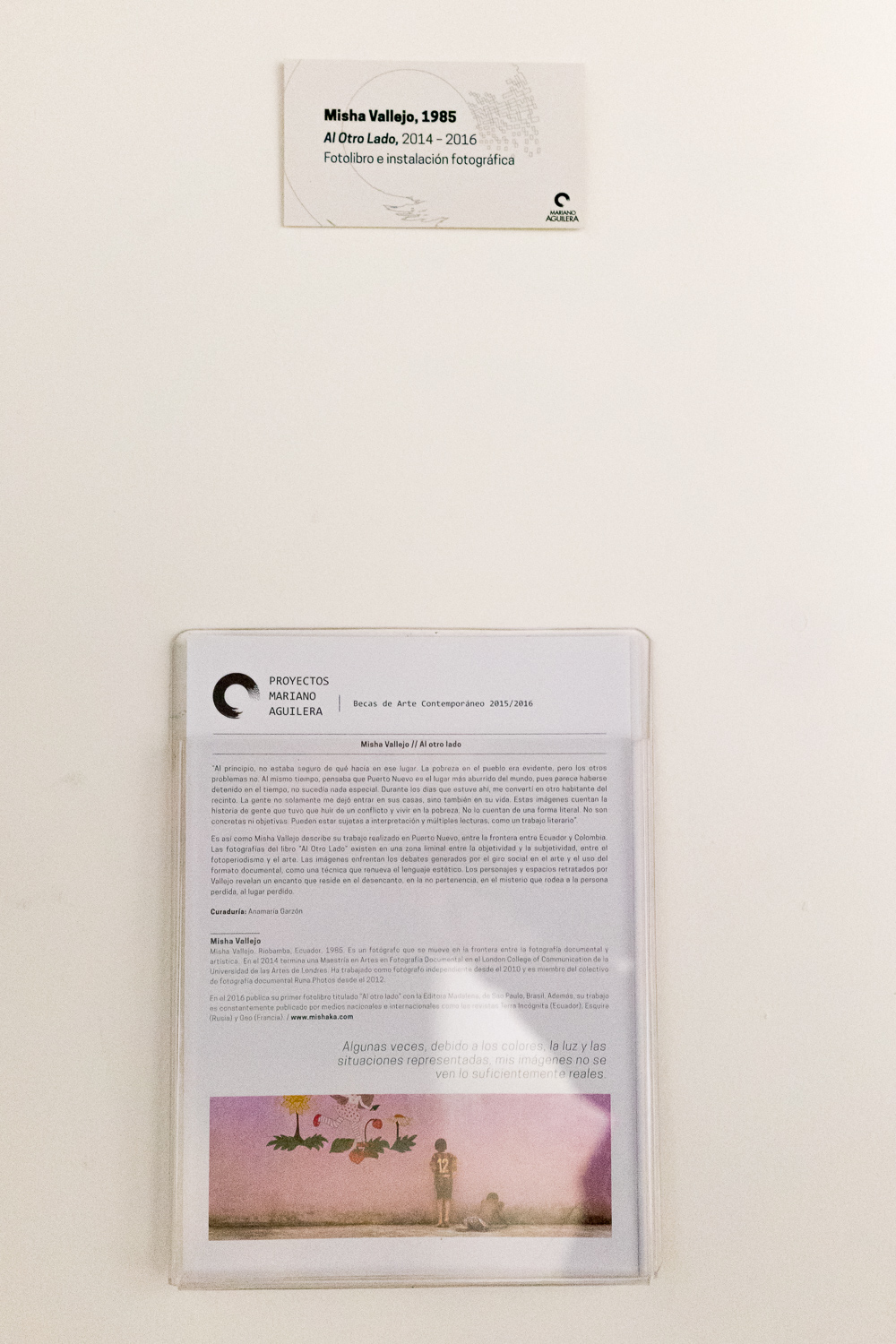"You're gonna get mugged, kidnapped or killed!" - This what I was told by friends and relatives when I explained them that I wanted to document the border region between Ecuador and Colombia. What happens along the thin line that divides both countries is little known; everybody assumes it is nothing good.
My destination was Puerto Nuevo, a small village of around five hundred inhabitants, located on the banks of the San Miguel River, on the Ecuadorean side of the border. Colombians fleeing armed conflict in the south of their country founded it in 2001. The village is located in a hard to reach area, in an impoverished region forgotten by the governments of both countries.
I wanted to tell the story of people who were forced to flee from a conflict and live in oblivion. My strategy was to portray the banality of everyday life from a subjective point of view. These are images that do not show violence in a literal way but give the viewer the feeling that something is about to happen. These are images subject to interpretation and various readings, just like literary work. From the beginning it was clear that the project would be called “Al otro lado” (On the other side), since this is the way villagers here refer to their home, the other side of the river, Colombia.
I made three different trips to Puerto Nuevo and after the last visit I had about 6000 photographs. Editing down the work took a lot of time, effort, tears and sweat. More than a year later and with the help of Spanish editor Claudi Carreras, we managed to finish a tight edit that I believe tells a strong story. The book is divided in five chapters and each tackles a different aspect of the town: the village in daytime, the Escobar family (nothing to do with the famous Escobar), the children of the town, the Baldeón family and the town at night.
During my stay in Puerto Nuevo there were times I felt extremely bored because almost nothing happens during the day. For me, boredom was one of the most important creative engines I had there. I was so bored that I started taking pictures of objects found on the streets. I also asked people to show me their family albums and made pictures of the photos inside. During the editing process I decided to make facsimiles of these objects and include them as visual prologues to the chapters. Each prologue is deeply related to the theme of the following chapter.
After the editing stage, we started designing the book with the help of Brazilian designer Mariana Lara Resende. This process was really important since we wanted everything to make sense with the concept of the book: the pictures do not have white frames because we wanted the viewer to feel the pictures continue outside the boundaries of the book; the paper had to have a rough texture to resemble the concrete texture of the unfinished houses in Puerto Nuevo; the gray color had to do with the same issue; the bellyband had to resemble a plastic tablecloth that does not fit really well to the table and so on.
At the end I am really happy with the result and I believe this couldn’t be achieved without the help of Claudi Carreras, Mariana Lara Resende and the crew at Brazilian publishing house Editora Madalena, to whom I am very thankful.
“Al otro lado” was recently shortlisted as one of the 40 best author photobooks by the Rencontres de la Photographie Festival in Arles, France. Areview of the book can be found at the website of the Photographic Museum of Humanity.
If you would like to purchase the book you can find it in our Facebook store. If you are in Brazil you can find it in Livraria Madalena in Sao Paulo or Rio; in Argentina you can find it through Turma de Fotografía in Buenos Aires and in Ecuador you can get a copy at the Librería del Fondo, Librería Rayuela and Casa Mitómana.
Lastly, I leave you with some images of the exhibition at Quito's Contemporary Art Centre, curated by Anamaría Garzón, which will be open until August 28th.









